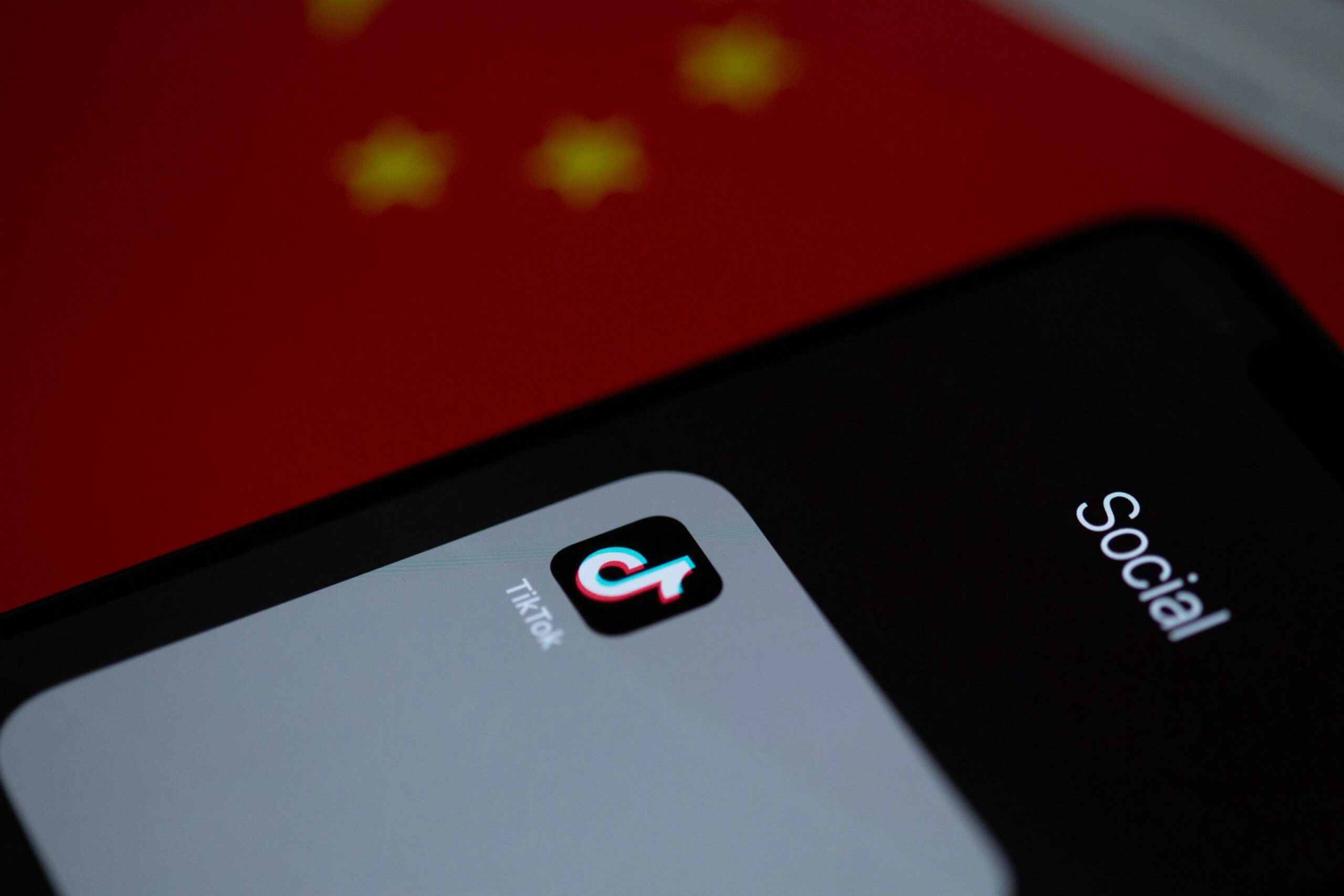The Digital Pulse of Korea: How Social Media Shapes Global Trends
From K-pop dance challenges flooding TikTok to K-beauty routines dominating Instagram, South Korea’s cultural footprint is inseparable from its mastery of social media. Over the past decade, the country has emerged as a laboratory for digital innovation, blending cutting-edge technology with hyper-engaged online communities. Platforms like Instagram, YouTube, and homegrown giants such as Naver Blog and KakaoStory have become arenas where trends are born, debated, and exported worldwide. This article explores how Korean social media culture transcends borders, dissecting its strategies, key players, and the societal dynamics that fuel its influence. Whether through meticulously curated aesthetics or fan-driven viral campaigns, Korea’s digital ecosystem offers a blueprint for global trendsetting—and raises critical questions about authenticity and sustainability in the age of virality.
The K-Wave Playbook: Content Strategy and Aesthetic Precision
Korean social media success is no accident. Brands and creators deploy a mix of high-quality visuals, storytelling, and algorithmic savvy. K-beauty tutorials, for example, emphasize educational entertainment, blending product showcases with ASMR-like application techniques. Meanwhile, K-pop agencies leverage “fandom” culture, encouraging fans to create user-generated content that amplifies official releases. Platforms like YouTube Shorts prioritize snackable, visually cohesive clips—a format Korean creators have perfected. Behind the scenes, agencies analyze engagement metrics to refine release schedules, hashtag campaigns, and even the pacing of videos. This data-driven creativity ensures content resonates locally while remaining adaptable for international audiences.
Platform Innovation: Beyond TikTok and Instagram
While global apps dominate, Korea’s domestic platforms shape trends through unique features. Naver Blog, a hybrid of Medium and Pinterest, prioritizes long-form content with SEO-friendly formatting, making it a hub for in-depth beauty reviews and lifestyle guides. KakaoTalk’s “Open Chat” rooms enable private, topic-based communities where trends germinate before hitting mainstream feeds. Notably, these platforms integrate commerce seamlessly: Instagram’s “Shopping” feature mirrors Korean apps like Zigzag, which allow users to buy products directly from influencer posts. Live-streaming app AfreecaTV, meanwhile, has pioneered virtual tipping systems, incentivizing creators to produce interactive, real-time content—a model now replicated globally.
Fandoms as Digital Powerhouses
Korean fandoms aren’t just audiences—they’re co-creators. BTS’s ARMY and BLACKPINK’s BLINKs organize coordinated streaming parties, hashtag campaigns, and meme factories that break records. These communities operate with military precision, using Google Docs and Discord to plan mass engagements. Their influence extends beyond music: when a K-drama like “Squid Game” trends, fan-subtitled clips and character analysis threads often drive its global virality. However, this power has a darker side. “Cancel culture” within fandoms can escalate rapidly, with online vigilantes doxxing critics or pressuring brands—a reflection of Korea’s intense cyber-community dynamics.
Global Impact and Ethical Crossroads
As Korean trends go global, they spark debates about cultural appropriation and digital labor. Korean creators face pressure to “localize” content, sometimes diluting its authenticity for broader appeal. Meanwhile, the gig economy underpinning influencer culture—such as underpaid moderators managing fan forums—raises concerns about exploitation. Yet, Korea’s model also offers solutions: its emphasis on “relatability” over perfection, seen in the “잔반계” (leftover food) trend promoting unfiltered lifestyles, challenges Western influencer tropes. The question remains: Can this ecosystem balance innovation with responsibility?
Conclusion: The Double-Edged Sword of Digital Dominance
South Korea’s social media landscape is a masterclass in cultural export, blending creativity, technology, and community. Yet its rise underscores tensions between authenticity and commercialization, grassroots fandoms and corporate control. As global platforms increasingly adopt Korean tactics—from shoppable livestreams to fandom analytics—the need for ethical frameworks grows. Brands and creators worldwide can learn from Korea’s emphasis on engagement over vanity metrics, but must also address the burnout and inequality hidden behind glossy feeds. In the end, Korea’s digital story isn’t just about trends; it’s a mirror reflecting the promises and perils of our hyperconnected age.
